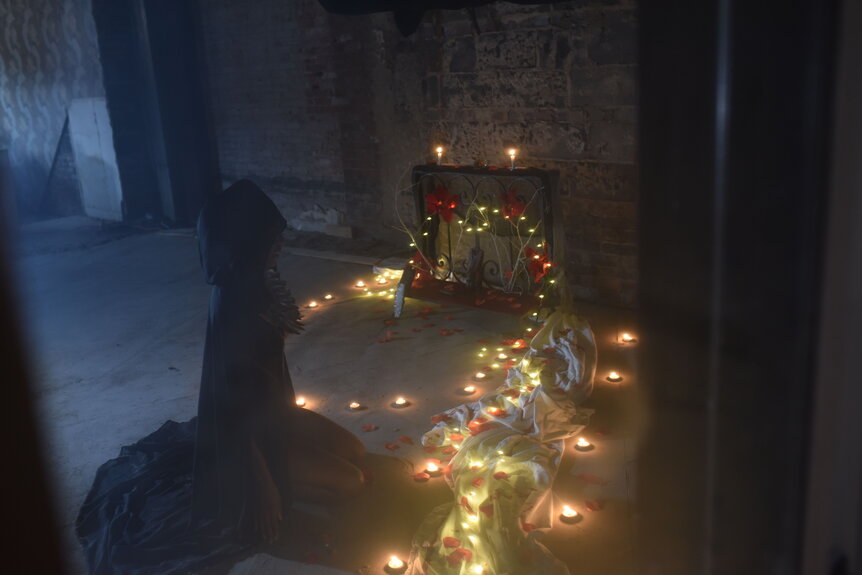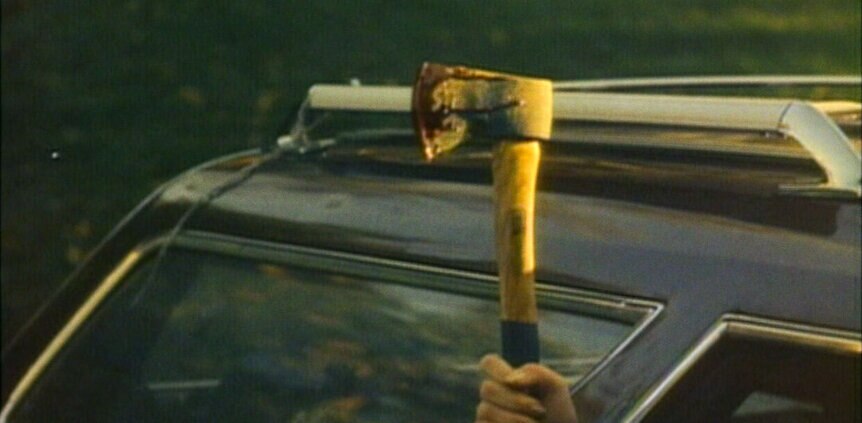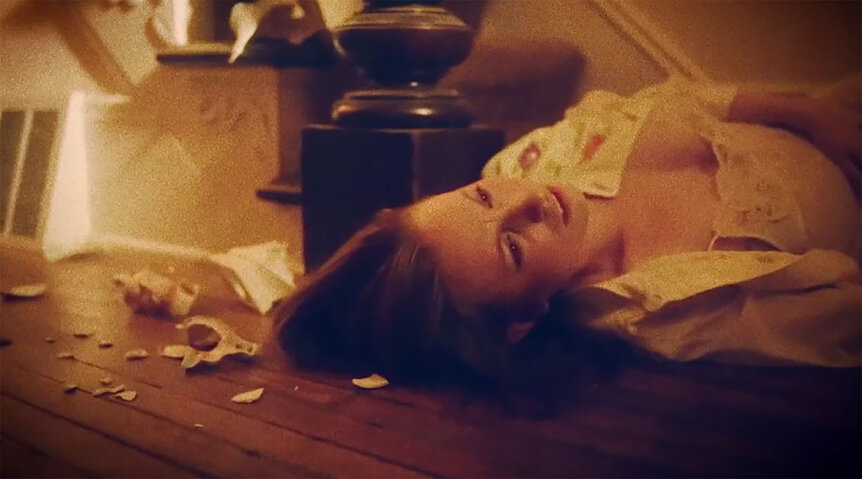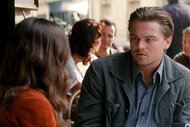Create a free profile to get unlimited access to exclusive videos, sweepstakes, and more!
The necessity of DIY filmmaking for marginalized creators in horror
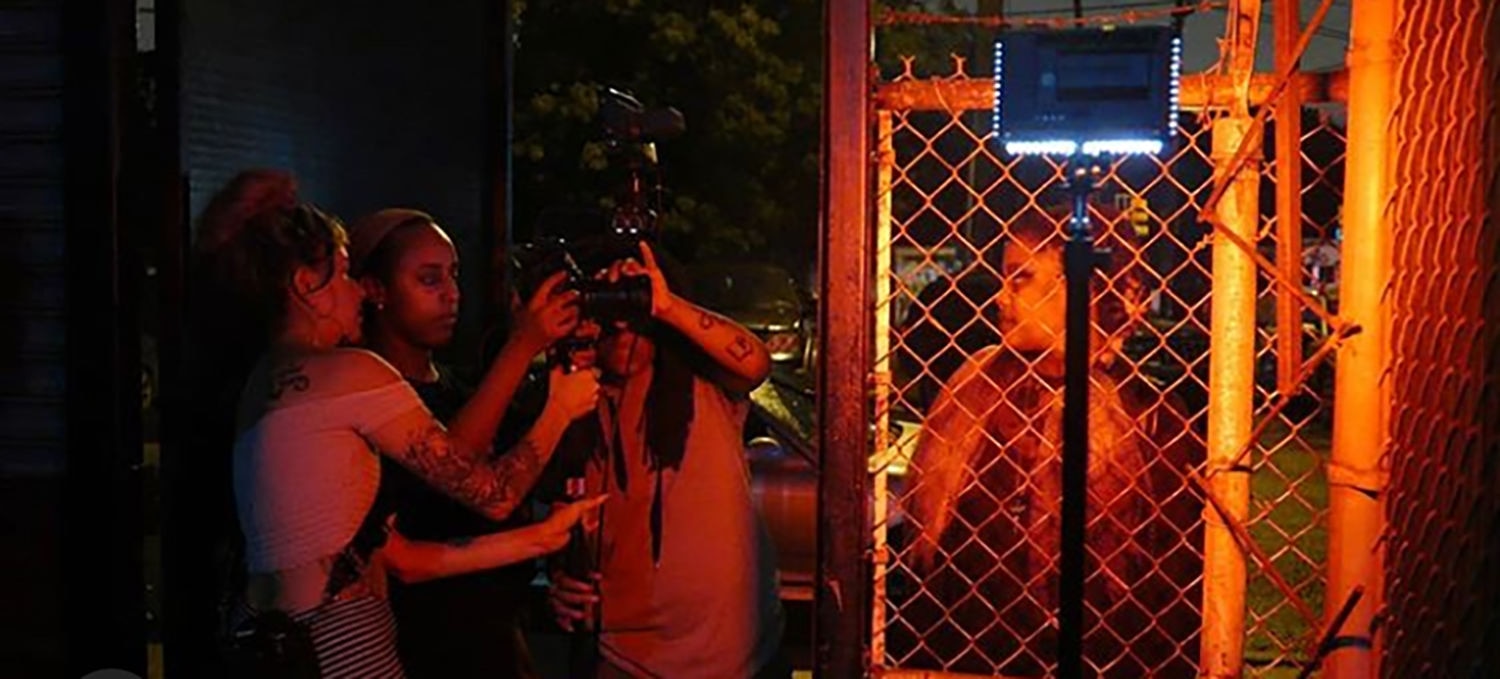
Horror is a genre with a uniquely avid fandom. Sitting directly in the center of the intersection between art and commerce, horror is particularly well-suited to call out societal injustices, and it is through use of highly subversive creative techniques that many controversial stories have been told. It’s no wonder that many modern practitioners of DIY and low-budget filmmaking use the genre as a vehicle through which to deliver their message.
Filmmakers in horror face unique challenges when it comes to creating impactful art in an industry that often dismisses them out of hand, and that struggle increases exponentially when working on a film for which the budget is close to nothing. Yet, for all the downsides, horror has a long history opening new avenues for marginalized creators.
The Background of DIY Filmmaking in HorrorDuring the silent era, most movies were what we would consider "low-budget." The entire process of creating a movie from beginning to end was vastly different than it is now, and in many ways, all productions of that time were do-it-yourself in nature. Much in the vein of today's horror filmmakers, a lot of early cinema was filmed quickly, with a small budget, and only sometimes had studio backing. After the ending of both the silent era and the following boom of the much glossier and better funded Universal monster movies, producers like Val Lewton (Curse of the Cat People, I Walked With a Zombie) were producing B-movies on shoestrings budgets so lean that they almost couldn’t help but turn some kind of a profit. Hiring mostly unknown actors, directors, and crew, Lewton in some ways formed what we would now regard as a film community. Picking up from where Lewton left off in the ‘50s, producer and director Roger Corman (Bucket of Blood, Frankenstein Unbound) replicated the formula and unleashed a new generation of horror and genre filmmakers on the world.
Beginning early on with minds like the infamous Ed Wood and 1959's Plan 9 from Outer Space, by the ‘70s a more diverse core of directors like Bill Gunn, George Romero, and Doris Wishman were making so-called “trash cinema”— not only art in and of itself but commercially viable titles that flourished on the burgeoning Midnight Movie circuit. Indeed, Romero's Night of the Living Dead (1969), Gunn’s Ganja and Hess (1973), and Wishman’s A Night To Dismember (1983) are early examples of DIY horror being utilized by people that were in whatever sense "unhireable" for the film industry at large. In Romero's case, he was a mixed-race director with an immediate penchant for calling out systemic racism through horror. For Gunn, while there were other Black directors of the era in which he worked, they were sparse, and obtaining major studio funding was extraordinarily difficult, especially when creating intentionally upsetting horror films. Meanwhile, Wishman had made her name early on by creating what are now regarded as low-budget sexploitation masterpieces, but at the time they were disregarded due to her gender and prevailing stereotypes of what sorts of films could or could not be considered "art."
As such, what would soon become the low-budget horror film revolution of directors like John Carpenter and Tobe Hooper was already in operation via the no-or-low-budget pictures of early DIY filmmakers whose marginalizations severely limited their opportunities. While independent white male directors would often go on to procure larger budgets and go down in history as great auteurs, such was not the case for creators with less "commercial viability." DIY filmmaking as the tool of marginalized artists began to emerge as not only a possibility but a necessity.
Where We Are TodayThere is a new wave of diverse filmmakers on the rise who previously would not have had the chance to work in the cost-prohibitive world of cinema. As noted by Monika Estrella Negra, founder of Audre's Revenge production company:
“The accessibility of DIY filmmaking is so amazing. People see that you can do these things on your own. We’re going to have so many new perspectives coming from marginalized people that have been denied this access and these resources. It’s going to be new ideas, and not watered down takes or remakes. It’s going to be a renaissance of creativity, especially within the Black community. I think we’re seeing that now. There’s going to be more trans narratives, more queer narratives. Not even the biggest corporations will be able to replicate it.”
It’s a perspective shared by many DIY filmmakers, including BJ Colangelo of Sickening Pictures. She adds, “Filmmaking was always something I wanted to do but it was also something I never thought was going to be in the cards for me. I started writing about film when I was 18 for Bloody Disgusting. It wasn’t until about five years ago [I told people my idea for a movie] and they didn’t say ‘no.’ They said, ‘if there’s something you want to do, just do it.’ So, I started working in film. It was very DIY because I was so tired of not seeing stories that I wanted, so I was like, 'I guess I just have to do it.' I started writing stories about characters and people that I wanted to see.”
The no-budget nature of DIY filmmaking obviously presents a number of challenges. Negra says, “I want to make sure everyone gets paid. Poor people of color get ripped off all the time. That’s the challenge. That, and trying to get everyone in the same place, because we all have to do so much more to survive in the world than the average person. Trying to fit everything in when we’re also trying to survive. That’s a challenge. We may not all be mentally healthy to work. You have to stay on top of making sure everyone is OK to work. I try to be self-aware enough to know when I need to take a step back and regroup.”In terms of why DIY filmmaking is enjoying such a surge in interest from filmmakers and audiences alike, Colangelo observed, “I think DIY and punk rock style of filmmaking has always been a response and right now we as a culture are more vocal than we have ever been before. Because we have this sense of empowerment we aren’t afraid to fight back with our dollar amount. People are finally going to be like, 'I’m not giving you my money. I’m going to give it to this indie production on Shudder.' It’s going to cause a reckoning where they have to start listening to what the consumers want.”
Despite the trials, there are yet still many perks for creating no-budget horror films. According to Colangelo, “The plus side is that it forces you to come up with creative solutions to your problems because you don’t have the ability to spray the money hose at it and make it go away. You have to be able to think five steps ahead.”
For Negra, the reason is simple. "[It's] the freedom. If you have a good group of friends that you know understand where you’re coming from and get what you’re trying to achieve and know how to network in the right places, that’s what creates a film community, not just people looking at capitalistic marketability. The fact is of the majority of people that work on DIY films are there because they just love doing it. It’s not like they have expectations like, 'Is this going to sell?' It brings a level of authenticity.”
She adds, “I didn’t go to film school and everything I’ve learned is because I’ve had excellent friends along the way that have been dedicated to Audre’s Revenge. The most rewarding thing was seeing everyone on the set be a Black queer person. I don’t think that’s been done before.”
Special thanks to Monika Estrella Negra and Audre's Revenge. They accept donations via Paypal sent bnbpowerchicago@gmail.com with a note to specify it is for Bitten: A Tragedy. Special thanks as well to BJ Colangelo and Sickening Pictures.
